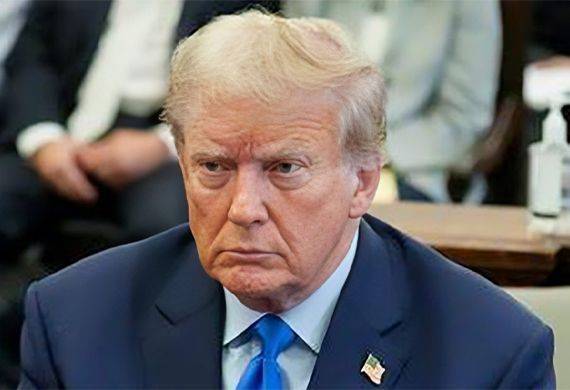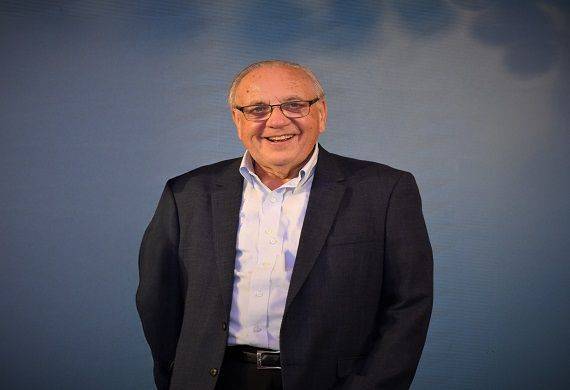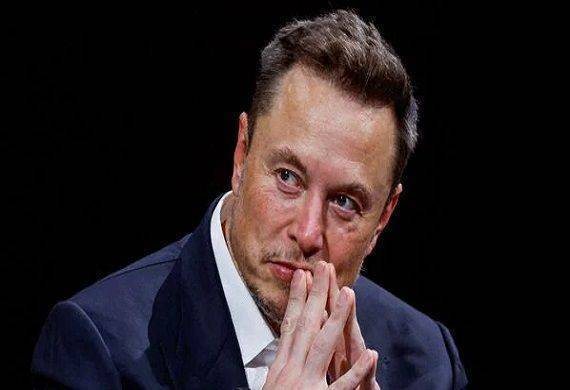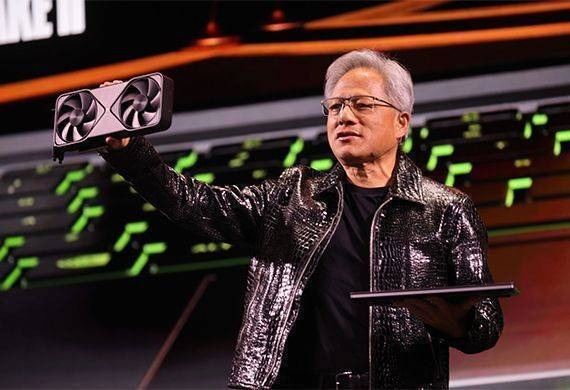US Miners Look to Revive Copper Production as Demand Grows
By Global Leaders Insights Team | Mar 24, 2025

The U.S. is projected to see its copper demand double over the next decade, yet the country lacks the production capacity to meet this need unless measures are taken to relax restrictions on new mines. President Donald Trump aims to address this by signing an executive order on Thursday to boost American mineral production.
"The United States possesses vast mineral resources that can create jobs, fuel prosperity, and significantly reduce our reliance on foreign nations," the order reads. "The United States was once the world’s largest producer of lucrative minerals, but overbearing Federal regulation has eroded our Nation’s mineral production."
The order will prioritize projects for minerals like copper, uranium, potash, and gold, among others. This comes as a positive development for the U.S. copper industry, which faces challenges competing with countries that have more relaxed mining regulations.
"We've got to create more mines. Open up some of those resources that we have right here in the U.S. and bring them online," Clayton Walker, COO of Copper at Rio Tinto, the second-largest mining company in the world. "That then feeds the manufacturing, the folks that actually take that raw material and turn it into something usable the consumers can enjoy. So I feel like it's just a critical path for making manufacturing again here in the U.S. It all starts at the mines with that raw material."
Rio Tinto has spent 17 years attempting to open the Resolution Copper mine in Arizona, which officials say could supply up to 20% of the country's copper demand. However, the project has faced numerous obstacles, including land rights disputes and environmental concerns.
"The challenge we have right now in the U.S., it takes about 29 years to get a mine permitted. And so I'm all for doing the right thing. And I think we have some of the best standards and highest standards in the world, and I'm all for that," said Walker. "But we've got to figure out a way to bring those mines online a little faster than, say, 29 years."
A critical mineral is defined by the Department of Energy as, "Any non-fuel mineral, element, substance, or material that the Secretary of Energy determines: (i) has a high risk of supply chain disruption; and (ii) serves an essential function in one or more energy technologies, including technologies that produce, transmit, store, and conserve energy."
"The history of Kennecott is what keeps me here. I just am absolutely enamored with it. Twenty-five percent of the metal that the Allies used in World War II came from here," Nate Foster, Kennecott’s managing director, said. "The Allies don't win World War II without Kennecott."
Kennecott is one of only two places in the U.S. capable of mining, smelting, and refining its own copper. In contrast, China operates more than 50 copper smelters, meaning a significant portion of the copper mined in the U.S. is exported for refining abroad.
"We're right now [the U.S.] is actually exporting over 400,000 tons of concentrate a year, which is going to other countries to be processed and then shipped back to us in another form," says Walker.
The Kennecott smelter is an engineering marvel, with its chimney standing at 1,215 feet, making it the fourth-tallest in the world.
"The fact that we have one of the cleanest smelters in the entire world makes it actually pretty unique," added Foster. "And where we really think we're well positioned with a very strategic asset with our smelter and the refinery to be able to help continue to… invest in America."
Kennecott operates around the clock, 365 days a year. Ninety-seven massive haulers, each capable of carrying 360 tons per load, work continuously to extract approximately 120,000 tons of copper ore annually, which represents 20% of the U.S. copper production.
The entire process is handled in-house. Once mined and crushed, the ore is transported via a 5-mile conveyor belt to the concentrator, where it is turned into a sludge and piped to the smelter. From there, it is transformed into a 700-pound copper slab. After undergoing an electrolyte bath, it is refined into two 300-pound copper plates, each with a purity of 99.99%.
"That is the highest quality that you're going to find anywhere in the U.S.," said Foster. "And when you look at the amount of emissions that we don't have here in the U.S., as we produce to some of the highest environmental standards, other smelters across the world don't have to comply with those same standards. So we pride ourselves on that."
Trump has threatened to impose a 25% tariff on imported copper, which makes up 47% of the copper used in the U.S. While this could benefit U.S.-based copper mines, it presents a complex challenge for companies like Rio Tinto, which operates mines globally.
"We're working hard with the administration to be part of that solution. And if you look at the way tariffs work, it's all in how you set them up and structure them," said Walker. "And if we can get those structured the right way, I think it will benefit the domestic supply."


.jpg)

